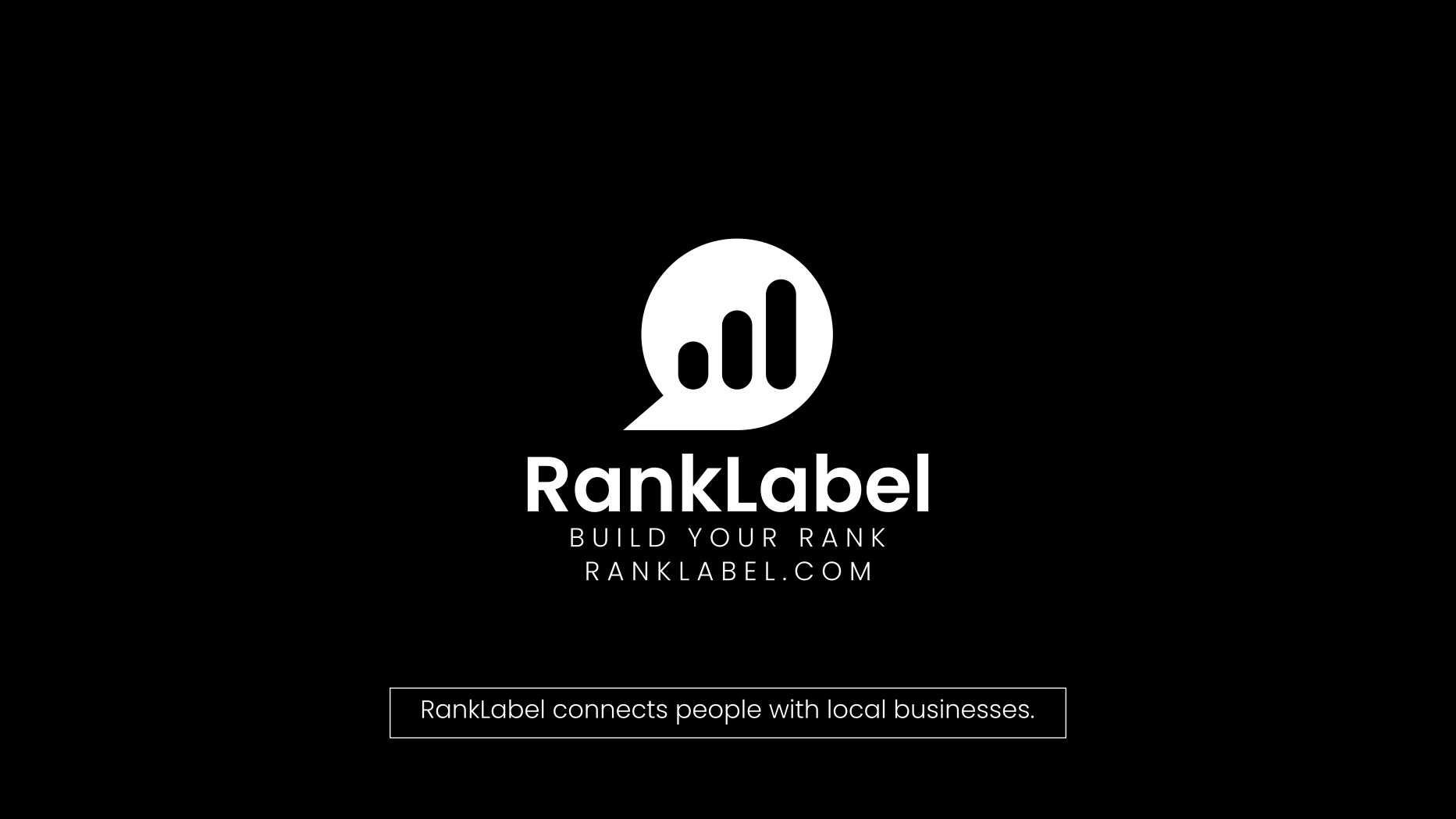3D Printing Throwdown: Designers vs. Consumer Goods—Who Wins the Build Battle?

Ever found yourself lost in the labyrinth of tech advances and thought, “What’s really the scoop with all this 3D printing hype?” Well, grab your virtual popcorn because it’s showdown time. I’m diving into the gritty details of on-demand 3D printing, sizing up whether designers or consumer goods manufacturers gain more from these futuristic machines.
Behind the Scenes: The Designer’s Dream
First up, let’s talk about my fellow creators, the designers. Imagine having the freedom to prototype a complex, multi-layered product without waiting weeks for a model. That’s the reality with advanced additive manufacturing. It’s like having a genie in a box—except you don’t get just three wishes.
Designers are leveraging 3D printing to push boundaries, creating everything from avant-garde fashion to ergonomic office tools. It’s not just about looking cool; it’s about innovation at warp speed. And let’s be real, in the fast-paced world of design, speed is king.
But it's not all sunshine and resin. Precision can be a game of micrometers, and not all 3D printing setups handle the delicate dance between detail and durability. That’s where choosing a reliable 3D printing company becomes as crucial as your morning coffee.
Consumer Goods: Mass Market or Mass Chaos?
Moving onto consumer goods, the stakes are different. Here, it’s all about scalability and cost-efficiency. Sure, 3D printing offers the ability to customize products—from personalized gadgets to kitchen appliances that match your quirky tiles. But the real question is, can it handle the heat of mass production?
I’ve seen companies burn cash faster than a rocket launch trying to scale 3D operations too quickly. It’s not just about creating a cool prototype; it’s about replicating it thousands, if not millions, of times without a hitch.
Yet, when it works, it’s like watching a well-oiled machine—literally. On-demand 3D printing allows businesses to keep inventory lean and mean. No more warehouses stuffed with unsold stock, just sleek, just-in-time manufacturing.
So, Who’s Leading the Race?
In my book, designers have the edge. They use 3D printing as it was intended—pushing the envelope of creativity. Consumer goods, while they have much to gain, often get bogged down in the economics and logistics of scaling up.
Why Designers Have the Upper Hand:
- Speed to Market: From sketch to prototype in no time.
- Innovation Unleashed: New materials, new methods, new madness!
- Customization King: Tailored designs that make clients feel like rockstars.
- Cost-Effective Prototyping: Less waste, more wow.
But don’t discount consumer goods just yet. They’re coming up strong with innovative uses that could tip the scales in the future.
The kicker? Both sectors are revolutionizing how we think about manufacturing, but by leveraging their unique strengths, designers are currently stealing the show.My Two Cents
As someone who’s tinkered with everything from app development to large-scale art installations, I’ve seen firsthand the disruptive power of 3D printing. It’s a game-changer, especially for creative professionals who thrive on rapid iteration and innovation.
In my experience, once you start integrating 3D printing into your workflow, there’s no going back. It’s like stepping into the future where limits are just challenges waiting to be tackled. So, what’s your take? Are you team designer or team consumer goods when it comes to benefiting from 3D printing? Drop your thoughts below!









